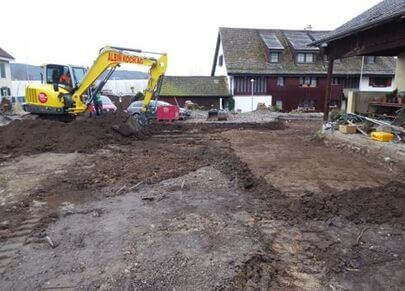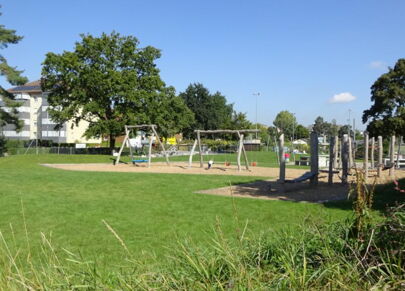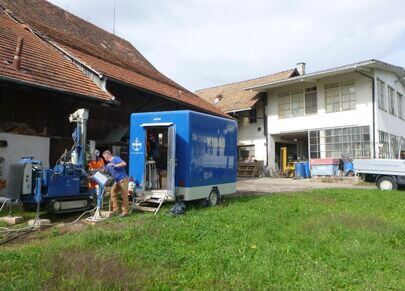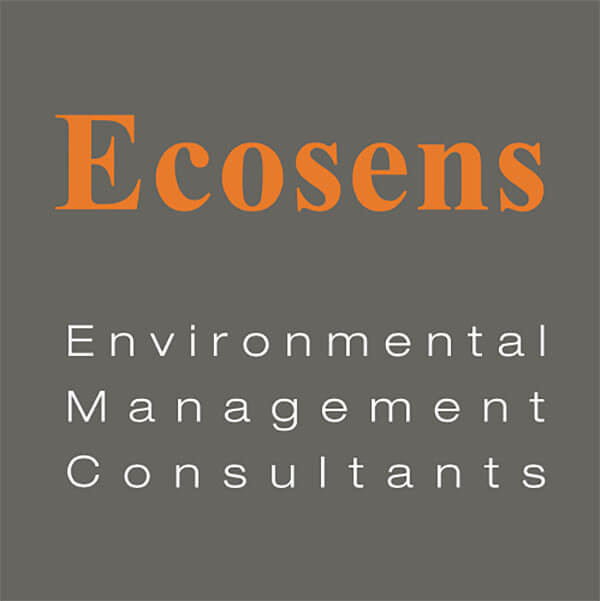Soil & neophytes
Stay on safe ground with your construction project
Recycle or dispose of
Soil contaminated with pollutants is generally not visible. If contaminated soil is removed, for example in connection with a construction project, the soil can only be used to a limited extent or must be disposed of in a landfill.
In the vicinity of current or former industrial plants or near roads and railroads, substances that are hazardous to the environment and health are often found in the soil.
Plant protection products and fertilizers can also pollute the soil. In the same way, problematic alien plants (invasive neophytes) that spread rapidly can lead to biological pollution. Neophytes displace native plants and endanger biodiversity. They can cause damage to buildings and cause problems in agriculture and forestry. We evaluate and plan measures to combat neophytes.
Our services
Our environmental professionals can assist you with the following services:
- Planning and carrying out soil sampling
- Analysis of the soil samples in a certified external laboratory
- Elaboration of recommendations for use
- Monitoring and documentation of displacements of contaminated soil material during construction projects and support during excavation
- Survey and control of neophytes, evaluation and planning of measures for their control
Our soil can be contaminated with pollutants
Do you, as a landowner or builder, have indications of encumbrances, would you like to have a suspicion clarified or would you like to avoid unpleasant surprises?
Contact
Melanie Tschopp-Vögtli
Julia Hunziker
Our references






